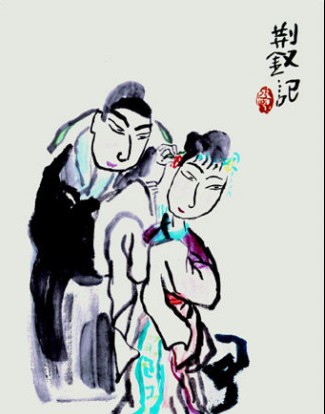Nanxi: classical drama in Zhejiang

The oldest fully-developed form of classical Chinese drama, Nanxi (southern drama) dates from the late Northern Song Dynasty (960-1127). It is also known as Wenzhou zaju (poetic drama set to music), Yongjia zaju and Yongjia drama (Wenzhou and Yongjia are both cities in Zhejiang Province), and constitutes one of the four traditional forms of classical Chinese drama, the others of which include zaju , chuanqi (legends) and huabu (local operas).
Among the numerous plays that have been produced in the course of Nanxi’s nine-century history, many integrated well-known folk songs and ballads, leaving a rich legacy. Counting only those documented within historical records such as The Yongle Canon , Xu Wei’s Description of Nan Verse in the Ming Dynasty and Niu Shaoya’s Origin of Nanxi Music Modes in the Qing Dynasty, 167 different varieties of Nanxi have existed or do exist. The scripts, the system of character classification (an elaborate system of categorizing characters based on position within the drama and social status), musical structures and performance styles of Nanxi laid a foundation for the other fundamental forms of Chinese drama. Notably, Nanxi originated as a form of folk art and its earliest playwrights belonged to the lower classes or were folk artists. Consequently, the form as a whole was ignored by scholars from the Song and Yuan dynasties, who even tried to erase it outright. In contemporary China, however, the academic value of Nanxi is more than recognized, and it continues to be a prominent force in fostering the development and prosperity of traditional Chinese drama.
Yu Weimin is from the College of Humanities at Wenzhou University.
The Chinese version appeared in Chinese Social Sciences Today, No. 561, Feb. 19, 2014
Translated by Zhang Mengying
Revised by Charles Horne
The Chinese link:
http://www.csstoday.net/xueshuzixun/guoneixinwen/87829.html
